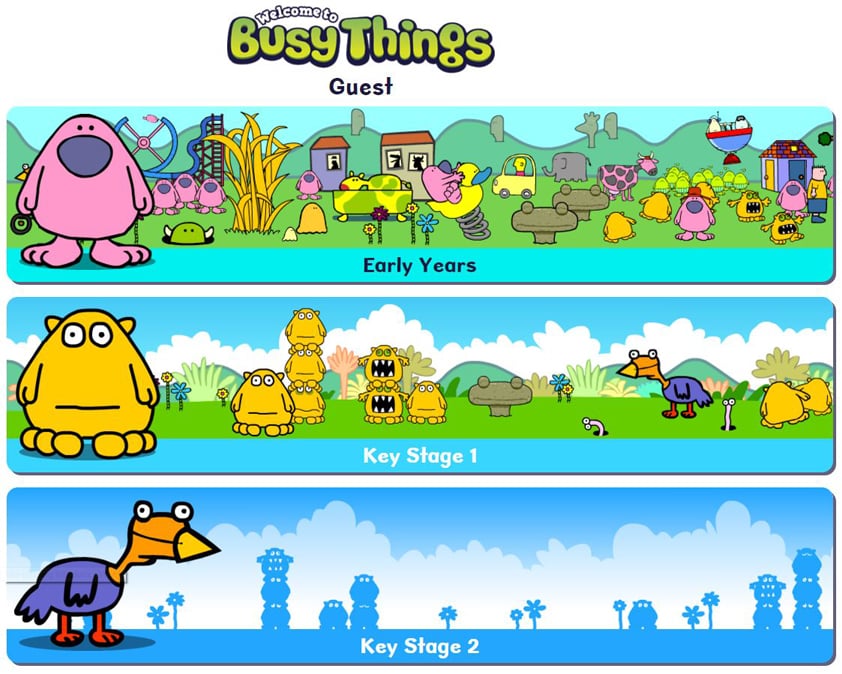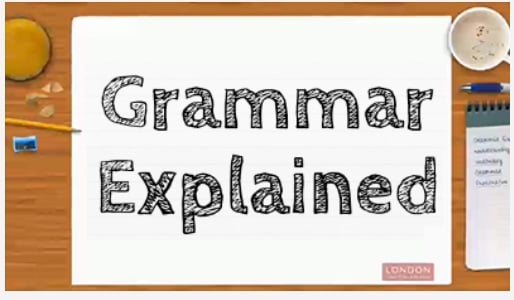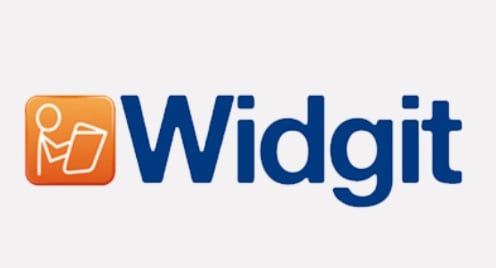Curriculum Blog
5 ways with English
Introducing another in the 5 ways series of resources to help you access LGfL content quickly and help your students learn more.
The aim of 5 ways is to showcase five ways to use LGfL resources across the curriculum that you can take and use and share for example, they can be shared in the staff room, at INSET sessions and also given to parents so that they can support their children's learning at home.

The resource shows you 5 resources that you can use straight away in your classroom, we would love to know what you think about them and how you have used them in your setting.
Busythings

BusyThings have a wide rang range of games, worksheets, writing templates and activities to support children from EYFS through to Upper Key Stage 2. A phonic maker is included for teachers to create their own phonic resources as well as spelling games and reading comprehensions. There are also writing templates available for across the curriculum, these can be saved or printed out for display. Children can access the resources at home as well as within school using their own USO so great to share with parents.
Grammar Explained

80 short and clear videos,made to explain every grammar point listed in the Primary National Curriculum. This resource is closely mapped to the National Curriculum appendix for vocabulary, punctuation and grammar, with every item scripted into a short, clear video to demonstrate what the term means and how it can be applied to every day situations. Videos can be searched by year group or by grammatical term. It is designed to support pupils in their understanding of the terms, empower parents to support their children and refresh the subject knowledge of teachers.
Reading Zone Live

ReadingZone Live is a development of the existing partnership between LGfL and www.Readingzone.com and brings regular interviews and live video conferences with some of the best contemporary children’s authors to London schools.
Antony Horowitz, Sally Gardner, Oliver Jeffers, Jacqueline Wilson, Michael Morpurgo, Pete Johnson, Sally Nichols and Alexander Gordon Smith are among the authors who have already joined us for the ReadingZone Live programme.
As well as joining in with a Reading Zone Live event each half term, schools can also use the resource after an event, students can listen to authors talking about what inspires their books, how they write as well as listen to the authors giving tips for students' creativity. There is also a resource bank which teachers can use to look in more detail at the following: genre, planning, character, writing and the editing process.
j2eTool Suite

The j2e Tool Suite is a collection of online educational tools specifically designed to engage,motivate and inspire. j2e is an online, fun, creative environment. Text, graphics, animations,sounds, videos, and embedded objects can be combined on a single web page, with unlimited storage for files and the ability to blog at the click of a button.
j2office -With the j2office apps you can edit your documents in the cloud and access them on any device with a simple logon. The j2office apps are all compatible with Microsoft Office formats, so after a simple upload you can save and edit your existing documents easily. J2office is designed for education, this means that you can easily share a document with your school or a class, review and assess pupils’ work
j2write - J2write adds a framework around the most popular writing tools within j2e, providing lesson plans and examples. Whether you are using JIT with early years, j2bloggy with Year 6 or above, or something in-between, there is a set of lesson plans to help you get started.
Spell blast - Spell blast encourages pupils to learn spellings while they do what comes naturally; play and compete against each other. As they progress through the levels, the words automatically adjust to the pupils’ ability so that they never find them too easy or too difficult. Teachers can see detailed information about the achievements of their pupils as well as which aspects they have found difficult. A word cloud shows commenly mis-spelt words. Teachers are also able to upload their own weekly spelling lists that the children can then access within the game.
Widgit

Widgit Symbols are simply drawn, colourful symbols designed to illustrate a single concept in a clear and concise way. They cover a range of topics (including many curricular areas) wide enoughto make them suitable for symbol users of all ages and abilities.
Already used by many SEND departments and schools, the entire symbol database of over 15,000 images is now available to all LGfL TRUSTnet schools to search and download.
The use of these symbols increases the accessibility of written text by giving readers of all literacy levels greater access to information. As they are designed specifically for written information,Widgit Symbol users can develop a real independence in reading and writing.
There are many ways to use the symbols, but some common ideas are for:
- Symbol Sentences – this is when a regular sentence has symbols above the words illustrating the main points in the sentence. Not all of the words may have symbols, as abstract symbols are unnecessary and distracting for most symbol readers, but there should be enough symbols to ensure that the meaning can be understood even if the text isn’t.
- Key Symbols – one or two symbols that can be used with or without text to convey a single piece of information. At most, they provide the same amount of information as a short sentence of text.They can help reinforce meaning and give reassurance by acting as reminders for any level of reader.
- Communication Grids – typically these have one symbol per grid cell alongside the text. The grid can facilitate a conversation with one or more people pointing to the symbols to express their ideas.
- Symbol Flashcards – cards containing one symbol and text. They have a very wide range of uses.They can be used as educational games to learn a topic, picked from to make choices, ordered tocreate a timetable and shown to aid communication.
There are also a range of Widgit activities for teachers to use, including a range of differentiated activities on Cinderella, Charles Dickens, e and Red Riding Hood.
We will also be running 5 ways as short training sessions, so if you are a subject leader or are running a leader’s forum, why not get in contact with us to talk about having 5 ways as part of your CPD programme.
Over the next couple of months, we will be adding to the series, but would love to hear your thoughts! What 5 ways would help you get the most out of LGfL resources?
Please let us know via our Twitter or Facebook pages or in the comments section of this blog using the hashtag #5ways
